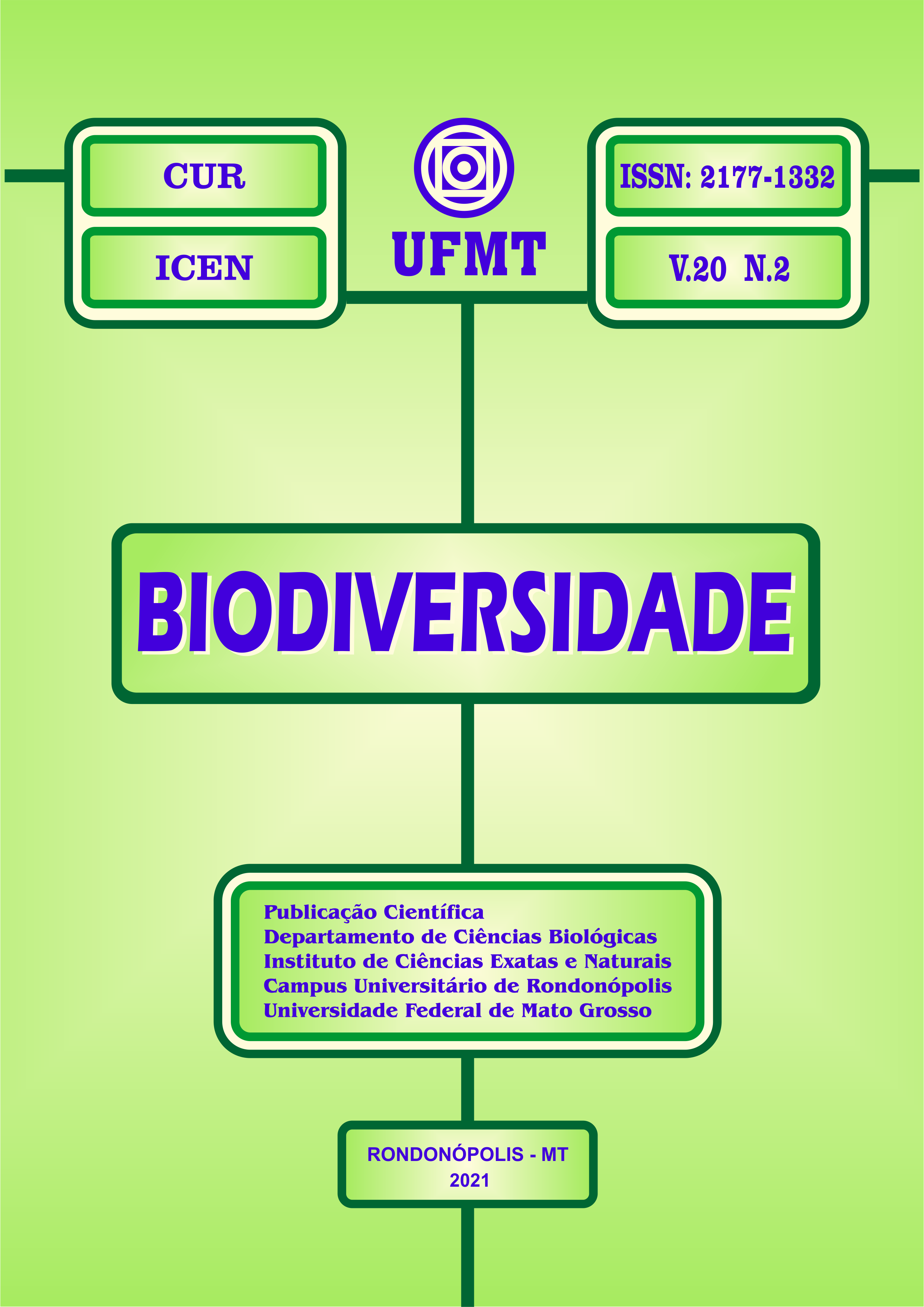FIRE HISTORY OF VILA VELHA STATE PARK, PARANÁ, FROM 1997 TO 2018
Resumo
Grassy-wood steppe formation is characterized as a fire-dependent ecosystem, however the fire regime in these areas has changed over the years. The study aimed to recover the fire history of Vila Velha State Park - PR, which houses one of the main remnants of countryside vegetation in the state, in order to assist the fire management activities in the park. Through Landsat images, there were demarcated scars resulting from the fire passage from 1997 to 2018. Subsequently, frequency maps were generated, time since last fire and fire return interval. It was observed that 56% of the park area already burned at least once in the analyzed period, nine times the maximum frequency occurred. Approximately 23.5% of the burned area has exceeded a time of 10 years since the last burn, with 22 years the maximum period observed. The predominant fire return range in the park was the “mixed range”. The southwest zone of the park was the most frequently attained, while the eastern zone concentrated areas with prolonged periods since the last fire occurrence, for which is recommended priority in the next fire management actions.




